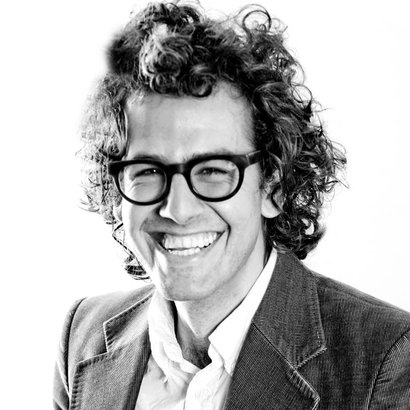Photographs are proof: it happened. But since the invention and proliferation of the camera, since Hollywood, since public relations, since televised news, and Photoshop, Facetune, C.G.I., A.I., and deepfakes, we’ve grown more suspicious about images. Maybe we’re less naïve, but seeing the world through gimlet eyes doesn’t make us clear-sighted.
All this has obscured, for more than a century, our sense of a real Hollywood, land of images. Even today, many armchair historians get a righteous surge looking back on the studio system—for any movie lover, one of the greatest moments in American history—eager to wrist-slap these gifted image-makers for constructing (to borrow a fashionable term) “narratives” about themselves, their colleagues, and their culture. We love images, but we’re told not to trust them.
One of the many things to love about the incalculably lovable Life. Hollywood, Taschen’s two-volume collection of Life magazine’s Hollywood photography from 1936 to 1972, is that it makes this lost world real with irrefutable evidence of candid glamour and creative labor. As Lucy Sante writes in her introduction, this is what set the Life Hollywood photographer apart: given the magazine’s audience, “it was necessary to impress readers with the fact that Hollywood was an actual industry, with heavy equipment and rugged operators, who were contributing the sweat of their brows to the nation’s economic profile.”
Poring over these images, printed in such vivid color that I wanted to lick the paper, I gasped on every page. Olivia de Havilland and Joan Fontaine, sisters who would be estranged, together; Fred and Adele Astaire dancing in color; the Palladium literally packed to the walls; Jack Warner, at his desk, actually looking young and serene; Curd Jürgens, living it up in his living-room bathtub. They are alive here: not interrogated or exposed, as it flatters us to regard the “real” Marilyn Monroe, sad, exploited, and scared, but in their habitat, a life of personality and success, lived their way.
Our guide through the soundstages, restaurants, parties, offices, and private homes of this dream world that was not a dream is top-notch film historian Justin Humphreys, whose captions are as carefully considered as a Vincente Minnelli frame. Of Monroe, appearing in 1949, at a party hosted by producer Sam Spiegel, Humphreys tells us, “On the cusp of stardom, she was graduating from bit parts to larger roles, like in Love Happy—notably, she’s wearing a dress she wore in that film at Spiegel’s party.” Now, that’s a fellow who knows exactly what he’s looking at.
Sante, writing about the pictures of breathtakingly beautiful leading ladies, disapprovingly invokes “the male gaze.” (Men!) Thankfully, no moralizing could interrupt my rendezvous with Rita Hayworth. It wasn’t the image-making technology that left us awestruck; if it were, anyone could be made a star but the stars themselves. Nor were stars merely “eye candy,” as Sante scolds, but box-office titans with their own hearts and minds, numinously alive to men and women both. Anyone with this book, a pulse, and two open eyes can see for themselves. There really was a Hollywood.
Sam Wasson is a Writer at Large at AIR MAIL and the author of several books about Hollywood, including The Path to Paradise: A Francis Ford Coppola Story, as well as a co-author of Hollywood: The Oral History














